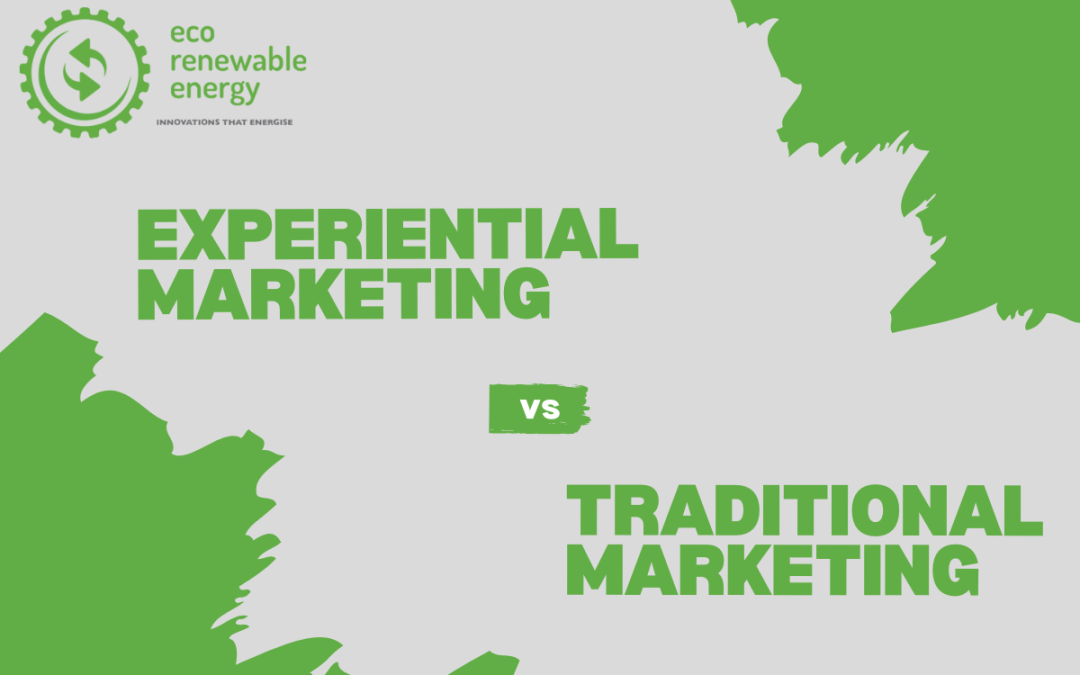Table of Contents
Marketing has evolved significantly in the digital age. While traditional advertising still plays a role, many brands are now shifting towards experiential marketing, which prioritises real human connections over passive messaging. Experiential marketing engages target audiences through immersive brand interactions and memorable live events, creating emotional experiences that traditional ads often struggle to achieve. As consumers become more media-savvy, brands use experiential strategies to stand out and connect with their audiences on a deeper level.
What is Experiential Marketing?
Experiential marketing is all about bringing a brand to life through interactive and engaging experiences. Rather than simply targeting consumers with one-way messages, it directly involves them in the brand experience. Popular experiential marketing activities include brand festivals, pop-up shops, sports sponsorships, product demonstrations, guided tours, workshops, and more. These campaigns are designed to create an immersive environment where consumers can physically interact with a brand and form emotional connections that leave a lasting impression.
By letting consumers touch, feel, and experience what the brand stands for in a fun and memorable way, experiential marketing turns passive onlookers into active participants and, ultimately, loyal advocates for the brand.
The Advantages of Experiential Marketing
Experiential marketing offers several advantages over traditional approaches, making it a more effective way to build meaningful relationships with customers:
- Emotional Engagement: Experiential marketing taps into multiple senses, creating emotional connections that go beyond what passive ads can achieve. This emotional bond fosters long-lasting memories and loyalty to the brand.
- Increased Purchase Intent: Studies show that hands-on, experiential events significantly boost consumers’ intent to purchase as the brand becomes more tangible, relevant, and desirable through personal interaction.
- Viral Sharing Power: Memorable experiences encourage consumers to share their brand interactions on social media, expanding reach organically. This kind of earned media is invaluable and impossible to replicate through paid advertising alone.
- Differentiation: In today’s noisy digital landscape, experiential marketing allows brands to stand out by offering unique and creative experiences that their competitors might not be able to replicate.
- Data Collection: Experiential marketing provides direct access to consumers, allowing brands to gather valuable first-party data and gain deeper insights into their target audience’s preferences and behaviours.
- Loyalty Building: When consumers form a personal connection with a brand through an interactive experience, they are more likely to remain loyal over time compared to those who are exposed only to traditional advertising.
- The Fun Factor: People enjoy interactive experiences, which fosters positive associations with the brand. In contrast, traditional ads can often be seen as intrusive or easily ignored.
How Eco Renewable Energy Drives Engagement Through Experiential Marketing
We have consistently leveraged experiential marketing to deliver unique, interactive experiences using our sustainable product. By incorporating solutions like Energy Floors, WeWatt Bikes, and Smart Solar Benches into various campaigns, we’ve helped people connect with sustainability in a way that is unique and interactive.
One of our proudest moments was during the Cadel Evans Great Ocean Road Race, where we featured our WeWatt Bikes. Watching people hop on the bikes, pedal to generate energy, and engage with the message of road safety was incredibly rewarding. It wasn’t just an event – it became a meaningful experience that allowed participants to physically connect with renewable energy.
We’ve used Energy Floors in various brand activations where people generate energy by walking or dancing, creating impactful experiences, for example, at The Sydney Opera House & Vivid Lights Festival. Likewise, our Smart Solar Benches are also popular, providing seating, phone charging, and Wi-Fi through solar power, showing a brands commitment to sustainability, have a look at how Origin Energy used our benches at the SCG for all of the Sydney Swans games.
These interactive experiences foster deeper connections with sustainability, leaving people both informed and inspired to embrace renewable energy in their daily lives.
What is Traditional Marketing?
Traditional marketing relies on one-way communication, delivering promotional messages through conventional channels such as television, print, radio, and online ads. These methods broadcast the brand’s message without directly involving the consumer. While they can raise awareness and inform potential customers, traditional tactics don’t engage people in the same way that experiential marketing does. Ads, whether in print or digital form, lack the hands-on, immersive nature of experiential marketing campaigns.
The Advantages of Traditional Marketing
Although traditional marketing may lack the engagement factor of experiential approaches, it still offers some important benefits:
- Widespread Reach: Traditional channels like television, print, and online banners can reach a broad audience, making them effective for raising brand awareness on a national or global scale.
- Familiarity: Consumers are used to traditional forms of advertising, which means these mediums can still generate reliable brand visibility.
- Measurement: Traditional marketing often comes with well-established metrics such as impressions, click-through rates, and conversions, making it easier to track and measure return on investment (ROI).
- Cost-Effective: Producing a print ad or digital banner can sometimes be less expensive than creating an immersive brand experience, especially for smaller campaigns.
- Unique Ideas: Advertising on a smart bench is a unique, green, and eco-friendly way to connect with consumers. It’s not just about the eyeballs – it’s about creating an association between the brand and a useful public amenity. Users physically interact with the bench (charging their phones & connecting to free wifi), making the brand part of their daily routine, which results in a stronger connection than simply walking past a traditional ad.
Automobile Manufacturers: Ford and Toyota’s Traditional Strategies
Automobile companies like Ford and Toyota continue to rely heavily on traditional marketing channels, such as TV commercials, print ads, and billboards, to promote their vehicles. These companies recognise that car buyers often respond to visually striking ads that showcase the design, features, and performance of their vehicles.
Television commercials are crucial for reaching broad audiences and demonstrating new technologies and features. Whether it’s highlighting fuel efficiency, safety innovations, or the latest models, TV ads allow brands like Ford and Toyota to communicate the benefits of their vehicles to millions of viewers. Billboards and print ads also play a key role in reinforcing their presence, especially during new car launches and seasonal promotions.
Experiential vs. Traditional: Which is Better for Building Your Brand?
When it comes to building strong, lasting relationships with customers, experiential marketing outshines traditional methods. While traditional ads can generate awareness, they often fall short in terms of fostering emotional connections, loyalty, and engagement. Experiential marketing, on the other hand, creates memorable interactions that stick with consumers, turning casual onlookers into brand loyalists.
Research consistently shows that customers prefer engaging with brands through immersive experiences rather than simply being exposed to passive ads. Well-executed experiential campaigns increase purchase intent and generate valuable social media buzz and organic word-of-mouth marketing. The returns on experiential investments often exceed those of traditional advertising, as they result in both immediate sales and long-term customer loyalty.
In today’s competitive market, the brands that truly succeed are those that go beyond traditional advertising and focus on building multi-dimensional relationships with their audience. While traditional marketing has its place, experiential strategies are the key to creating loyal customer bases and driving sustained growth.
Conclusion
As consumers become more adept at filtering out traditional promotional noise, experiential marketing has emerged as a powerful way to establish brands as meaningful parts of their lives. While traditional marketing still plays a role in raising awareness, brands seeking to build genuine connections must prioritize creating shared experiences rather than relying solely on one-way messages.
At Eco Renewable Energy, we specialise in taking experiential marketing to the next level with our innovative products like Smart Solar Benches, WeWatt Bikes, and Energy Floors. These interactive installations provide unique opportunities for audiences to engage with your brand in memorable and impactful ways. By incorporating these technologies into your next campaign, you can create experiences that build deep emotional bonds with your customers and leave a lasting impression. Brands that embrace experiential marketing will find themselves at the forefront of their industries, enjoying the loyalty and advocacy of passionate, engaged customers.


Recent Comments